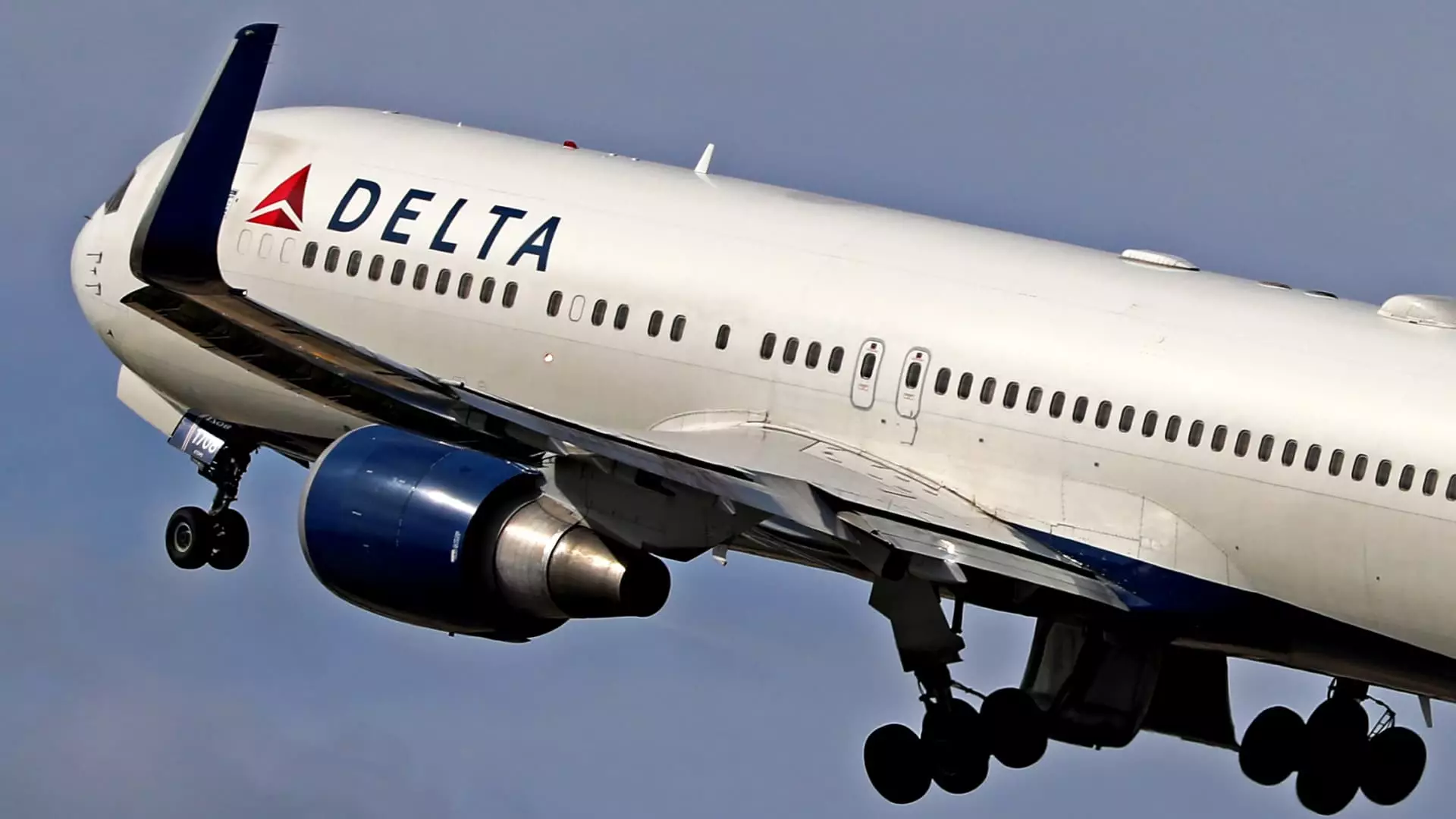5 Alarming Signs Indicating the Airline Industry’s Vulnerability

The airline sector finds itself in treacherous waters as a confluence of factors stirs up significant apprehension among investors. Wall Street’s attention is laser-focused on the cascading effects of weaker travel demand, aggravated by mounting tariffs and a palpable dip in consumer confidence. This culminated in a sharp decline of airline stocks, with Delta Air Lines, the crown jewel of American carriers, feeling the burn. Recent downgrades from reputational entities like Jefferies have not only tarnished Delta’s stock but also wreaked havoc across the whole airline industry. It’s alarming to see such a profitable company flounder, raising eyebrows about the effectiveness of their strategic decisions in such a volatile market.
Uneasy Forecasts Amid Corporate Optimism
Despite an air of pessimism surrounding Delta and its cohort, the airline’s executives remain surprisingly upbeat. They assert that the company is successfully expanding its revenue share from premium cabins and its lucrative credit card partnership with American Express. While it is commendable that Delta is focusing on high-margin business, one must question whether this strategy is sustainable in the face of a potentially looming economic downturn. Declining estimates for 2025 suggest that the top brass might be overly optimistic. The disparity between executive rhetoric and tangible market indicators leaves room for skepticism; are they clutching at straws, or do they truly believe in a resurrection of travel demand?
The Stub of Consumer Confidence
The current landscape is undeniably bleak. Recent reports indicate a troubling decline in consumer spending on travel, with a sharp 7.2% decrease in airline-related expenses. This isn’t merely a seasonal fluctuation; it is a stark warning signal. Factors like economic uncertainty, rising living costs, and increased tariffs have nudged consumers into a more cautious stance. The open question remains: How many consumers will prioritize travel when faced with the pressure of tightening budgets? The precarious situation begs for a closer look at the shifting spending habits of middle and lower-income travelers, who make up a significant portion of the airline market.
The Consequence of Tariffs and Domestic Travel Drop
Another layer of complexity emerges in the form of growing tariffs, which have undoubtedly taken a toll on international travel. As domestic travel remains the backbone of U.S. airlines’ revenue streams, concerns emitted from JPMorgan’s industry conference highlight a worrying trend: a pronounced softness in demand for domestic trips. Coupled with the gloomy economic forecasts, airlines must rethink their pricing structures and marketing strategies to effectively target consumers who may now hesitate at booking flights.
A Bright Spot or Just Delusion? United Airlines’ Unique Position
Amid this landscape of uncertainty, United Airlines has emerged as the only carrier maintaining a buy rating from Jefferies. While its model appears resilient, cutting its price target by 48% raises pertinent questions about its long-term viability. The situation opens up a broader discussion about whether United’s apparent stability is an anomaly or if it serves as a predictive model for how airlines might evolve in response to shifting consumer behaviors.
As the industry braces for the upcoming earnings season, investors remain uneasy, and the divulging of airline earnings may reveal even more disheartening truths. The current trajectory suggests a looming crisis that could change the airline landscape drastically.





